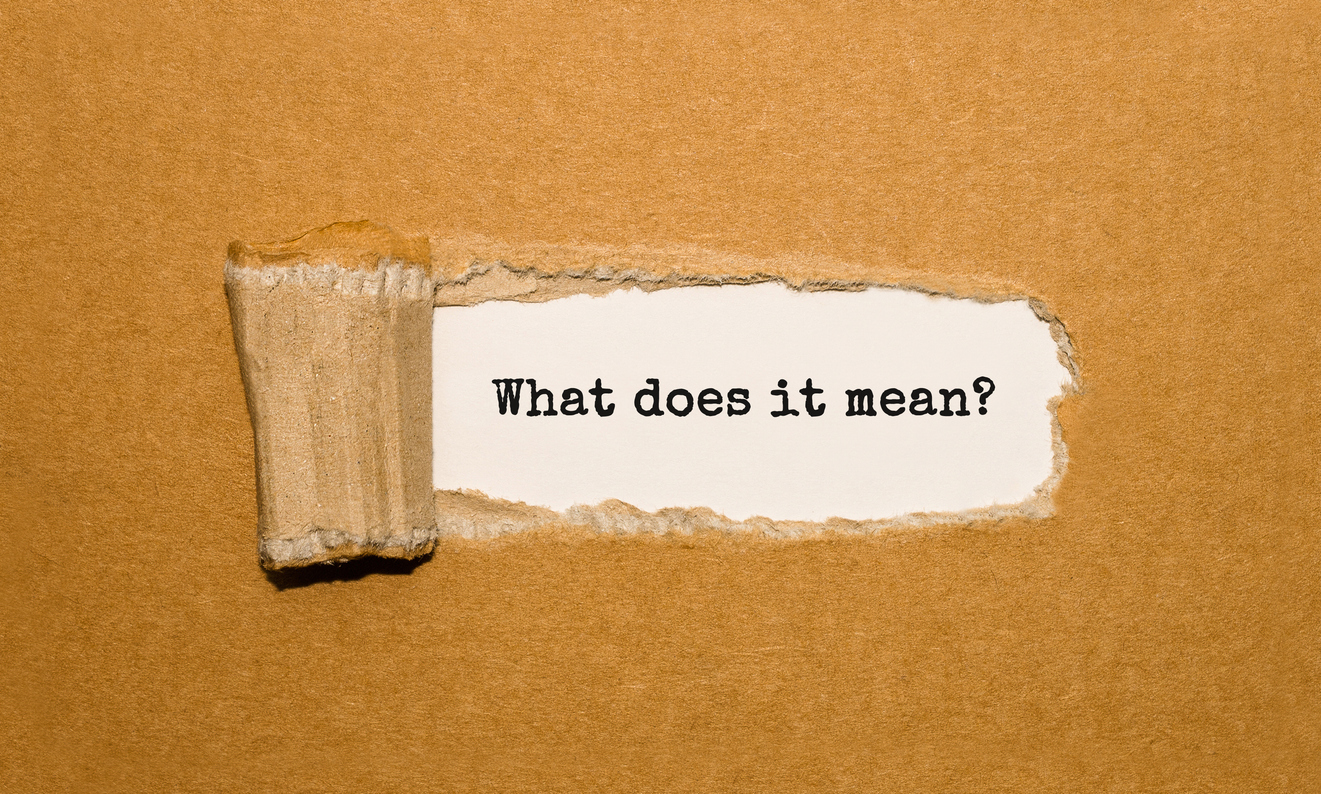2016 has been year of unprecedented floods in many areas of the Southeast. Many who thought there were on high ground in places like Baton Rouge, Louisiana, or Fayetteville, North Carolina, are still trying to comprehend the devastation of the flooding from August and October in their retrospective states. Florida, Georgia, and South Carolina residents and businesses are also drying out after being affected by intense and vast flooding.
For those with insurance in the affected areas, it is critical that you understand just how strict and specific you have to be when making a claim for flood insurance. The rules for flood damage claims differ from the rules and requirements you may be familiar with if you have had other property damage claims. The information about these claims is not as readily available as it could be. The good news is if you know where to look for information you will be in a better position for resolution.
Flood Insurance Proofs of Loss are mandatory, time sensitive and have to be done correctly.
Entire blog posts and educational courses have been dedicated to the flood proof of loss. Be sure to check out the tips provided by Ashley Harris in her post, Hurricane Hermine and the NFIP Proof of Loss. There is no room for error on these binding forms. The deadline set for submission of the form cannot be missed, but sometimes the deadline is extended by FEMA Bulletin. Without a specific bulletin extension, the proof of loss must be received by the 60th day post-loss.
The form has to be properly filled out and if you don’t know how to fill out the proof of loss, including how to calculate depreciation, you should seek assistance so your claim is not underpaid or worse yet, denied.
FEMA stated specifically that when turning in the proof of loss that a bare form is not enough:
The claims package should include:
Photos or video of your flood damage.
A comprehensive and itemized list of what was damaged.
Receipts, if possible, for your damaged items along with any other supporting documents that show the value of what you lost.
When it comes to tools that you can use to educate yourself about the National Flood Insurance Program and FEMA, there is a library of information that should be frequently consulted.
The flood portal offers information that can greatly assist in understanding flood insurance and also gives the public a forms library with various helpful documents including:
These files can be read on your smart phone, tablet or laptop to get you up to speed but you can also go a step further and read the adjuster documents.
Everything from an adjuster claims manual, a claims adjuster handbook, and the proof of loss form is available.
There is also a comprehensive question and answer section that can assist in clearing up some questions,
If you read these documents you will learn that your flood adjuster’s obligations to you are not very vast. NFIP describes some tasks that one would consider part of a normal adjuster, something that is not mandatory but only done in a courtesy fashion if they are done at all. So what does this mean? This means you need to help yourself when it comes to a flood insurance claim, arm yourself with knowledge and not be intimidated to you get someone in your corner who works for you if you have further questions or concerns about the flood insurance claim or your proof of loss forms.



